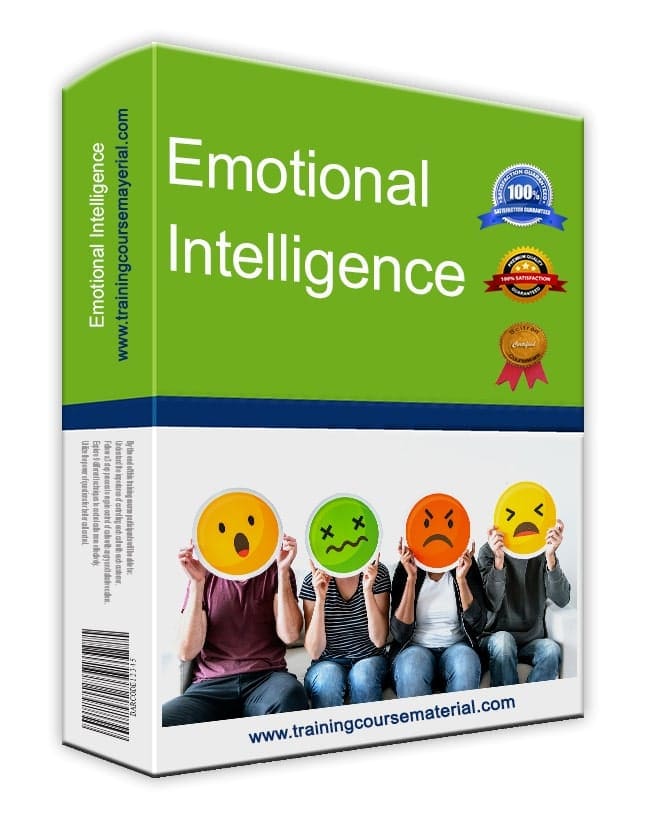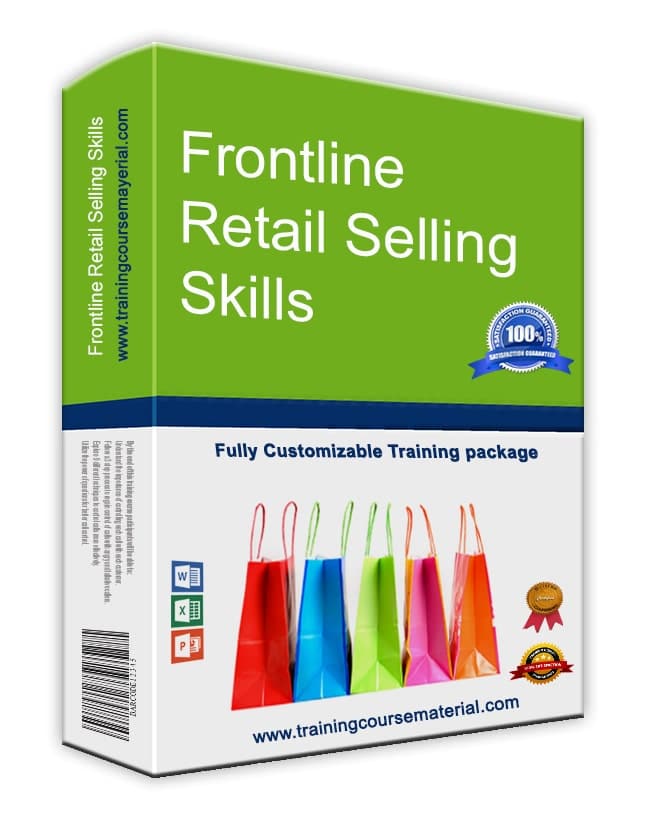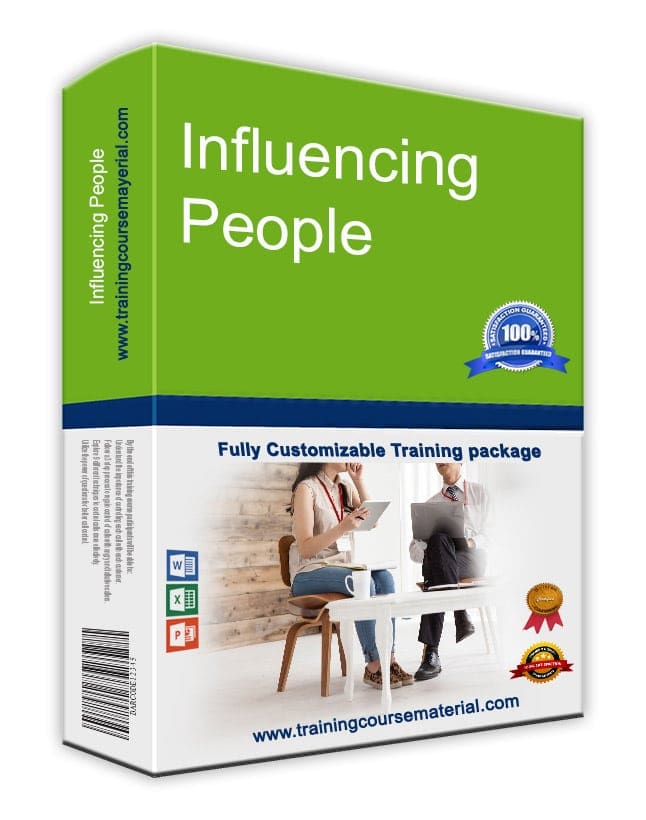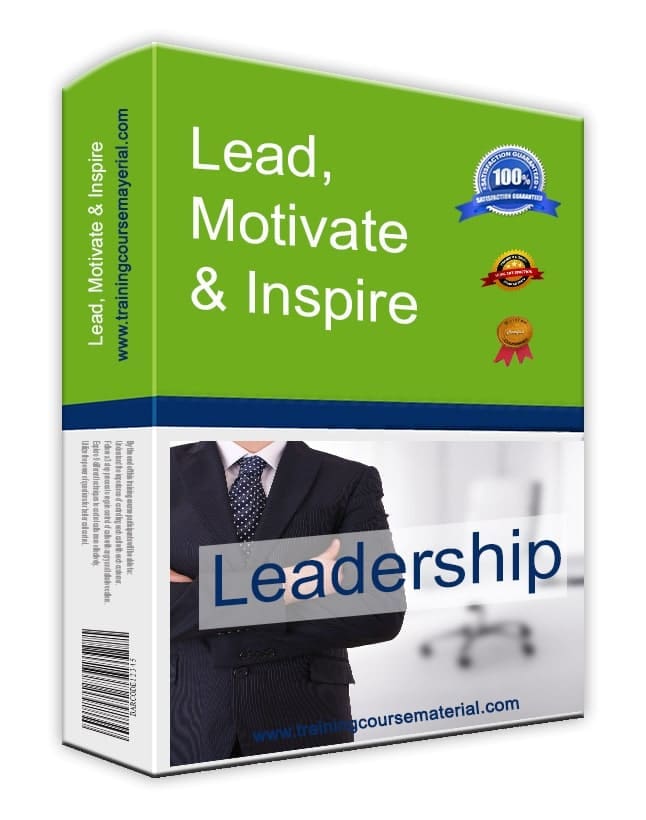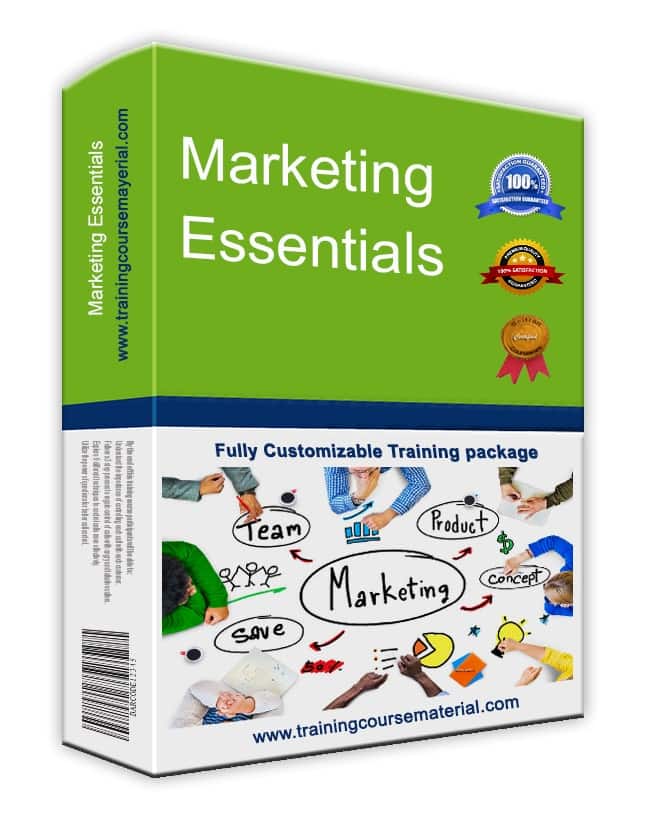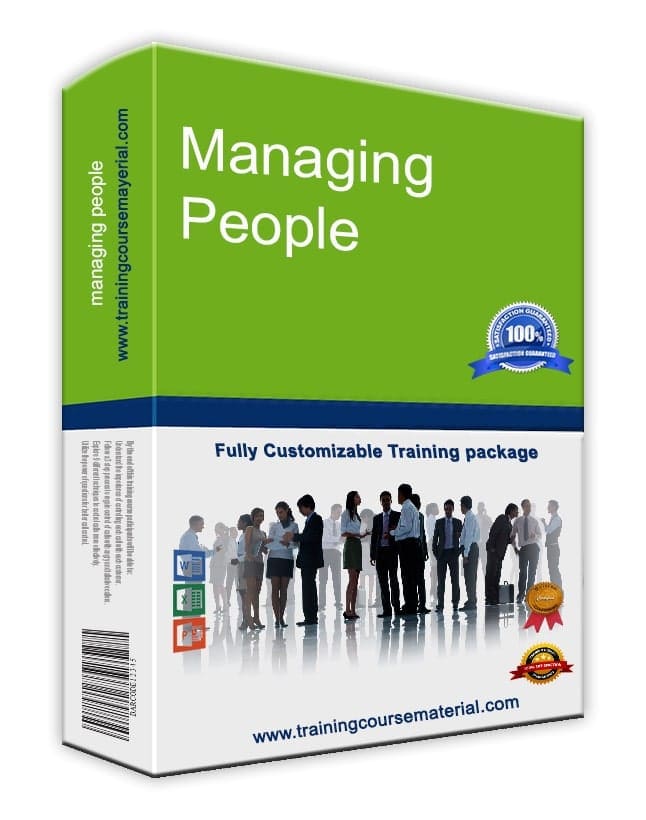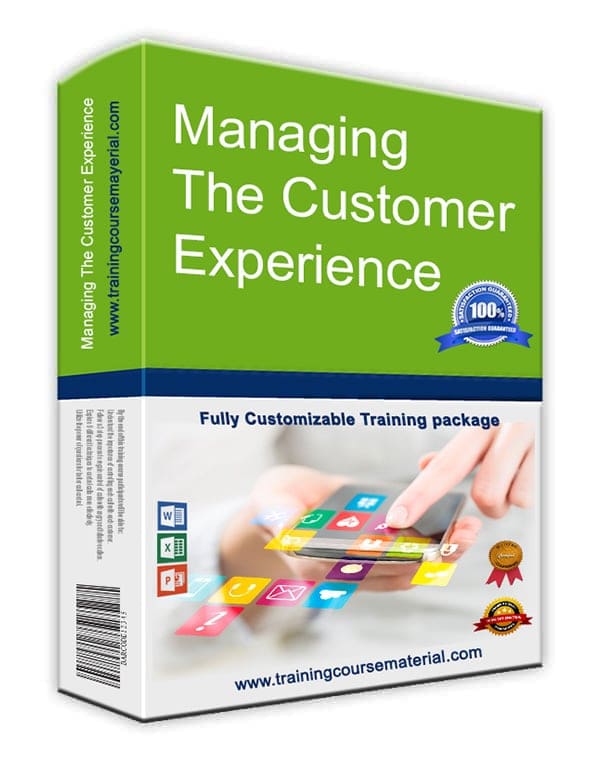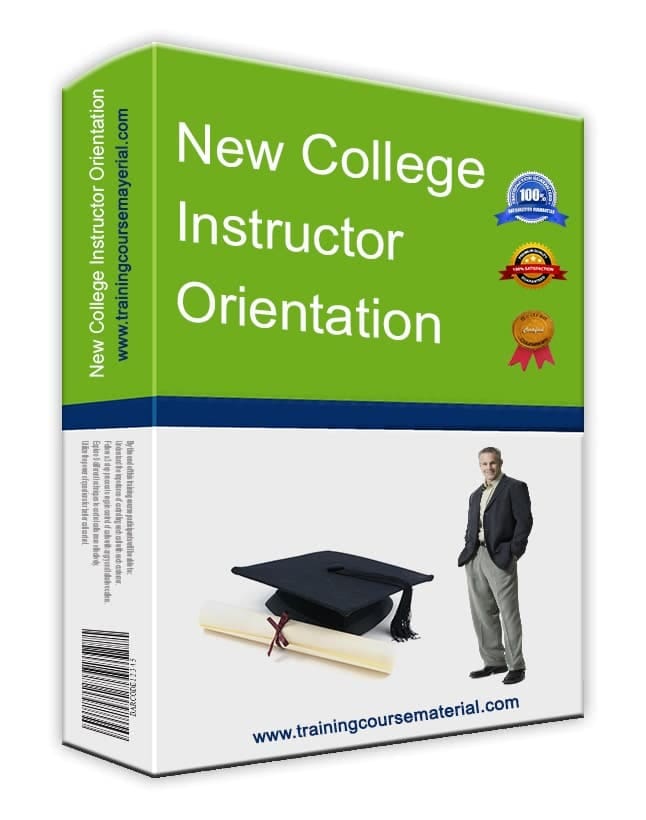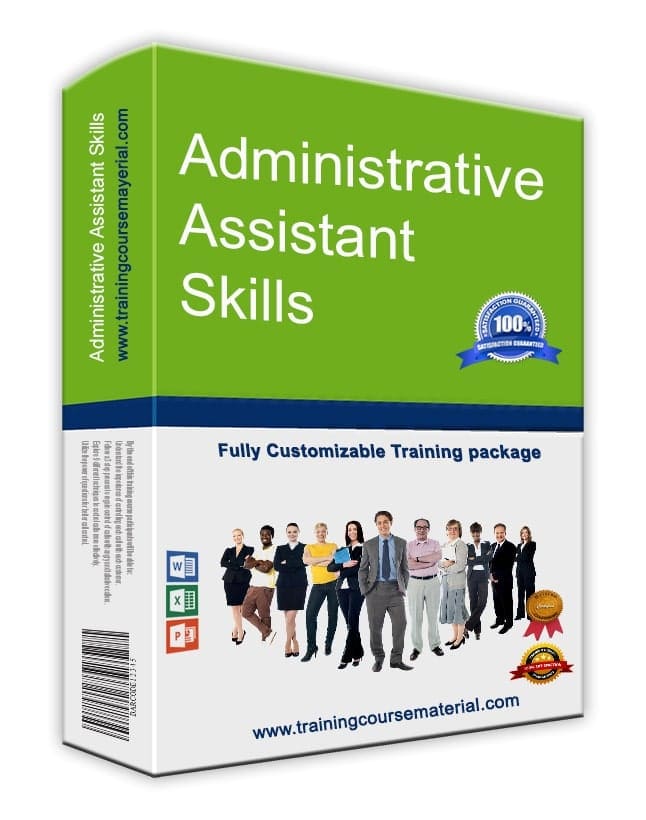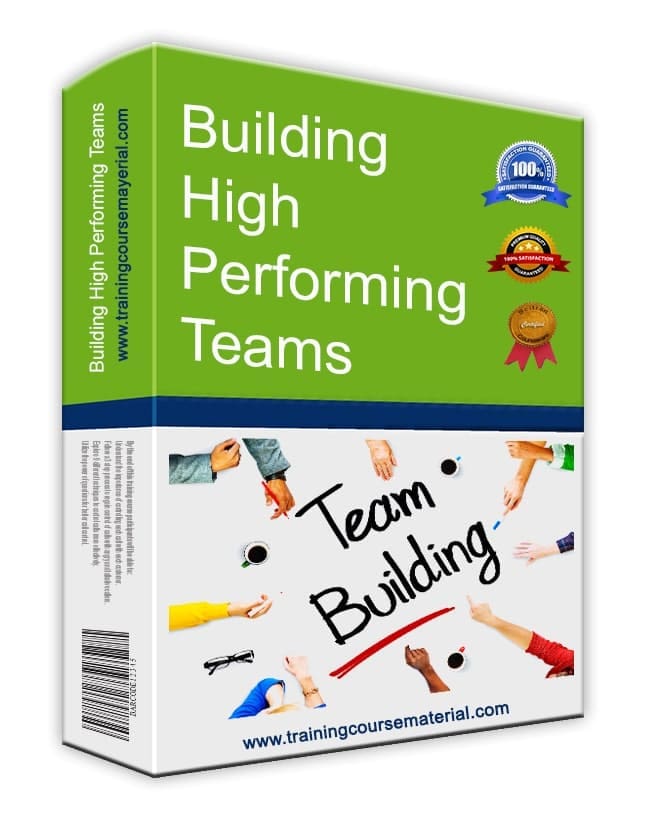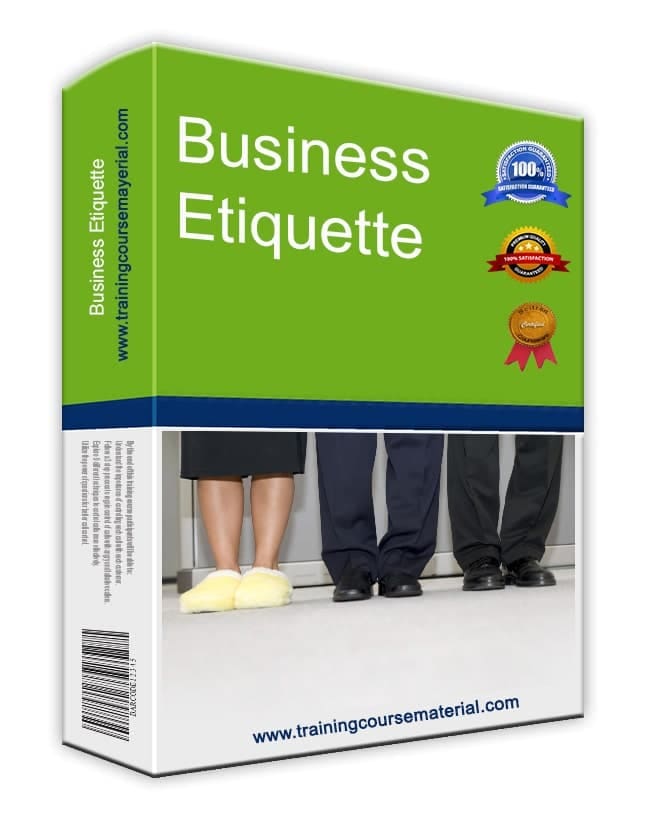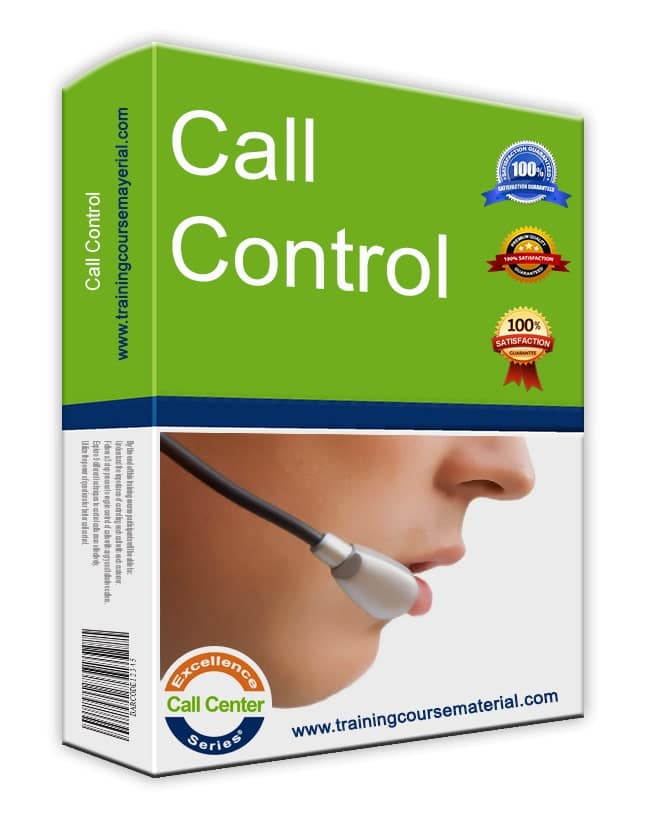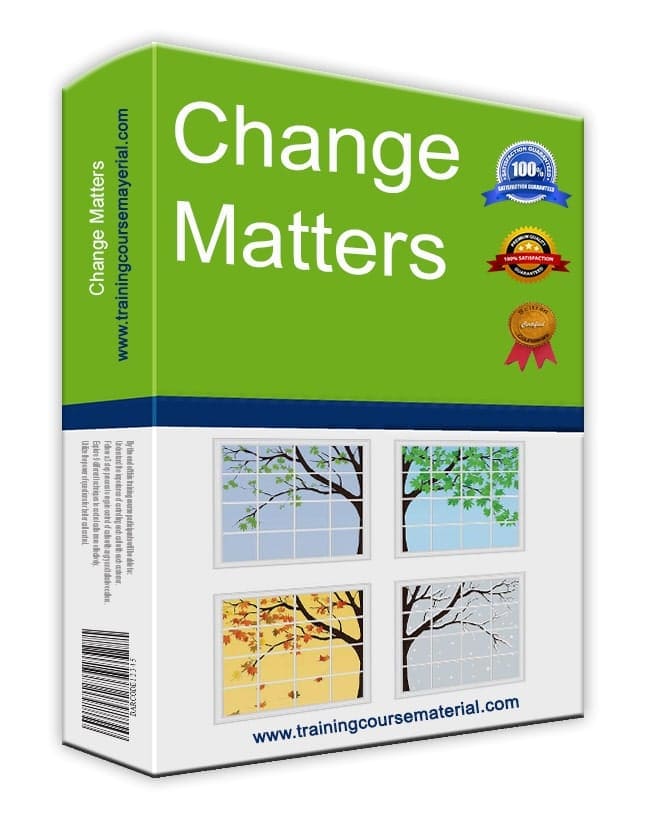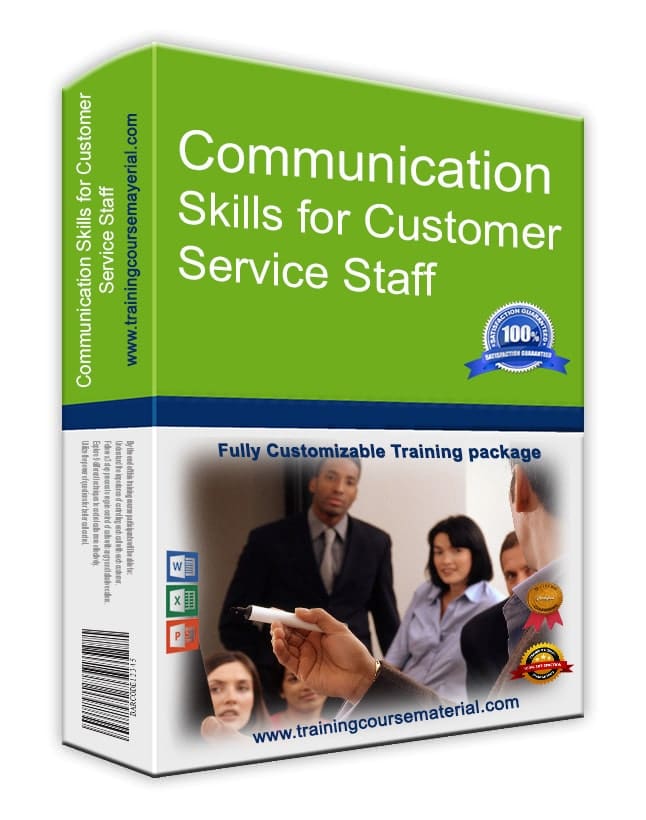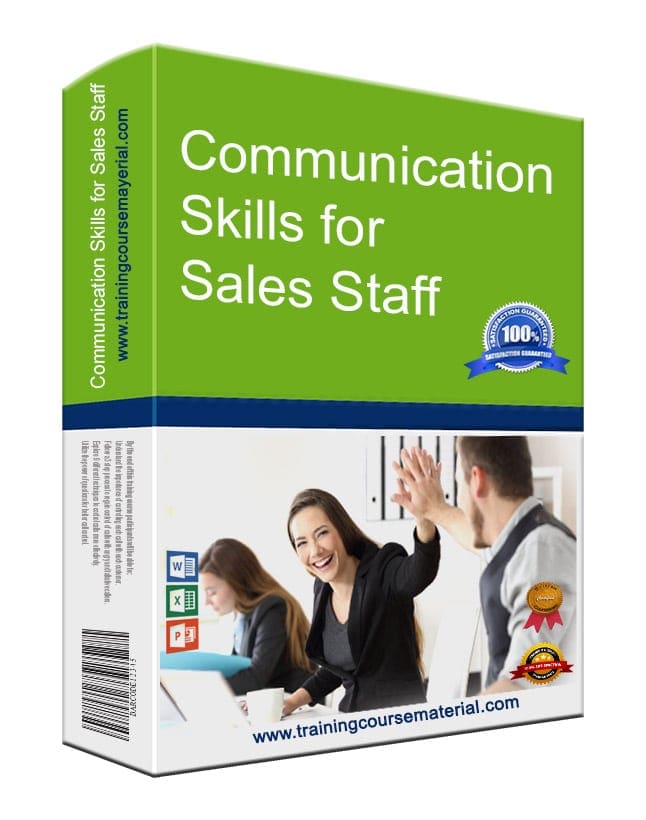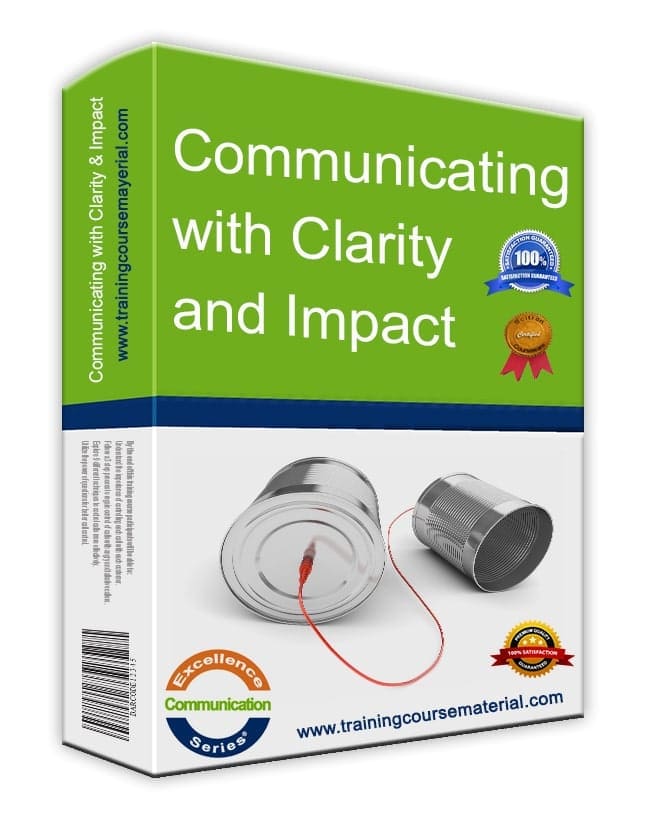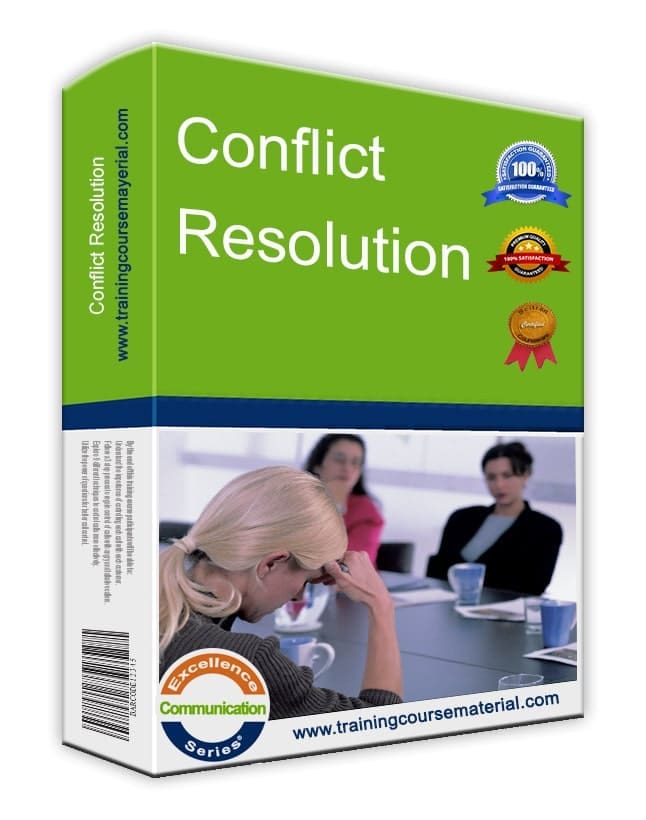Exceptional customer service communication skills are at the heart of any successful business. When customers reach out, they seek more than just answers; they seek understanding, empathy, and resolution. In this blog post, we'll explore essential communication skills for providing outstanding customer service and offer guidance on how to develop and master them.
Active Listening: The Foundation of Effective Communication
Listening is the cornerstone of excellent customer service communication skills. It's not just about hearing words; it's about understanding the customer's perspective and needs. To enhance your active listening skills, focus on the speaker, maintain eye contact, and avoid interrupting. Show empathy by acknowledging their concerns and asking clarifying questions when needed. Active listening helps create a connection and shows that you genuinely care about resolving their issues.
Empathy: Putting Yourself in the Customer's Shoes
Empathy is a crucial skill in customer service. It means understanding and sharing the feelings of your customers. When you empathize, you show that you recognize their emotions, whether it's frustration, disappointment, or satisfaction. To develop empathy, practice seeing situations from the customer's viewpoint, and use phrases like, "I understand how you feel" or "I would feel the same way." Empathy builds trust and reassures customers that their concerns are valid.
Clear and Concise Communication: Avoiding Jargon
Effective communication in customer service requires clarity and simplicity. Avoid using technical jargon or complex language that may confuse customers. Instead, aim for clear and straightforward explanations. Use simple, relatable terms to convey your message. When customers understand what you're saying, they'll feel more confident in your ability to assist them.
Patience: Staying Calm Under Pressure
Customer service professionals often encounter challenging situations and irate customers. Patience is your secret weapon in these moments. To develop patience, take deep breaths, remain calm, and remember that the customer is not upset with you personally. Focus on finding solutions rather than reacting to emotions. Patience ensures that you maintain professionalism even in difficult circumstances.
Conflict Resolution: Turning Challenges into Opportunities
Conflict is an inevitable part of customer service. It's how you handle it that sets you apart. To develop conflict resolution skills, acknowledge the issue, and let the customer know you're committed to finding a solution. Apologize if necessary and work together to reach a resolution that satisfies both parties. Handling conflicts with grace can turn unhappy customers into loyal advocates.
Building Rapport: Connecting on a Personal Level
Building rapport with customers creates a more comfortable and trusting environment. It involves finding common ground, showing genuine interest, and using friendly and personalized language. Address customers by their names, if possible, and engage in small talk when appropriate. This personal touch makes customers feel valued and heard.
Adaptability: Tailoring Your Approach
Every customer is unique, and their needs may vary. Being adaptable means adjusting your communication style to suit the individual. Some customers prefer quick, to-the-point interactions, while others appreciate a more detailed explanation. Pay attention to cues and adapt your approach accordingly. Tailoring your responses to each customer ensures a more positive experience.
Problem-Solving: Offering Solutions, Not Excuses
Customers turn to you for solutions, not excuses. Effective problem-solving involves identifying the issue, exploring options, and presenting viable solutions. Take ownership of the problem and follow through until it's resolved. Keep the customer informed throughout the process, and don't hesitate to escalate the matter if needed. Problem-solving skills demonstrate your commitment to customer satisfaction.
Confidence: Projecting Competence
Confidence in your abilities is essential for customer service communication. It reassures customers that they are in capable hands. To boost confidence, continually expand your product or service knowledge. Practice handling different scenarios and challenges. When you confidently address customer inquiries, it instills trust and reassurance.
Time Management: Efficiency Matters
Customers appreciate timely responses and resolutions. Effective time management ensures you can address their needs promptly. Prioritize tasks, set realistic expectations, and use tools or software to streamline processes. When you manage time efficiently, you can dedicate more attention to each customer, delivering better service.
Positive Language: Words That Inspire Confidence
The words you use can significantly impact a customer's perception of your service. Opt for positive language that inspires confidence. Instead of saying, "I can't do that," say, "Let me find a solution for you." Positive language conveys your willingness to help and leaves customers with a positive impression.
Continuous Learning: Staying Updated
Customer service communication is a dynamic field. Stay updated on industry trends, product knowledge, and customer service best practices. Attend training sessions, workshops, and seek feedback from colleagues. Continuously improving your skills ensures that you're always ready to provide the best service.
Feedback and Evaluation: Learn from Every Interaction
Feedback is a valuable tool for growth. Encourage customers to provide feedback on their experience. Take constructive criticism seriously and use it as an opportunity to improve. Regularly evaluate your own performance, identify areas for enhancement, and take action to address them. Learning from each interaction makes you a more effective communicator.
Teamwork: Collaborate for Success
Effective customer service is often a team effort. Collaborate with colleagues to share insights and solutions. Ensure a seamless experience for customers by passing on relevant information to your team members. A united front in delivering top-notch service benefits both the customers and the organization.
Remember, every customer interaction is an opportunity to make a positive impact. By developing and nurturing these skills, you not only enhance your own professional growth but also contribute to the success and reputation of your organization.
Training Course Material can provide invaluable support in enhancing your training programs. With our comprehensive toolkit, you gain immediate access to original source files in various formats, ensuring your training materials are well-organized and up-to-date. We offer cutting-edge training models and versatile materials that allow for unrestricted customization to meet your specific training goals. Our interactive activities and games engage participants, maximizing learning and involvement. Empower your team and take the lead in team development with our tailored excellence. At Training Course Material, we are your trusted resource for elevating your training sessions and leaving a lasting impact on your audience.

